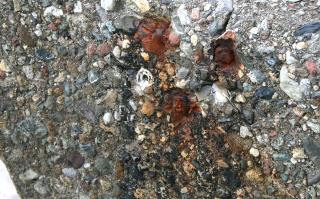Despite an array of carbon reducing technologies currently applied in cement plants around the world, it is becoming increasingly clear in the industry that there is a need for further-reaching approaches such as carbon capture, utilisation and storage to be part of the sector’s drive to reduce CO2 emissions from its plants. In this article, Dr Clark discusses oxycombustion, one of the ways to capture CO2 from cement plants.
We read more and more about decarbonising cement manufacture in International Cement Review and on CemNet.com. As discussed last month, reducing the clinker content of cement is the best way that virtually all cement manufacturers can achieve this. Of course, all cement companies should strive to be as energy efficient as they can be. Investing in wind farms, solar energy parks and waste heat recovery systems for electricity generation are good things to do as is burning alternative fuels, particularly those with biomass content. All these strategies and technologies can make an important, immediate contribution to decarbonising cement manufacture in the immediate term to 2030 and beyond. However, as also written last month, ultimately massive quantities of CO2 will have to be captured and used or stored to really decarbonise cement manufacture.
